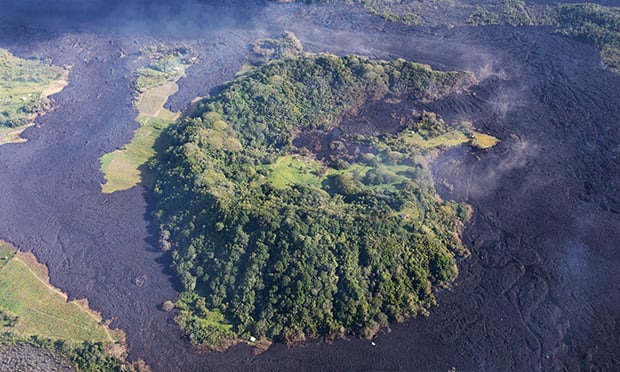 In Hawaii, if a home catches fire and is destroyed due to exposure to molten rock, it is considered fire damage, which is covered under a typical homeowners insurance policy. (Photo: Shutterstock)
In Hawaii, if a home catches fire and is destroyed due to exposure to molten rock, it is considered fire damage, which is covered under a typical homeowners insurance policy. (Photo: Shutterstock)
In May of 2018, the Kilauea volcano erupted sending molten lava soaring over 60 meters into the air. Over time, the lava spread to cover over 12 square miles on Hawaii's Big Island. Over 1,000 homes and other buildings were destroyed by the flowing lava. Hundreds of earthquakes and tremors rocked the island during the volcano's eruption.
Recommended For You
Want to continue reading?
Become a Free PropertyCasualty360 Digital Reader
Your access to unlimited PropertyCasualty360 content isn’t changing.
Once you are an ALM digital member, you’ll receive:
- Breaking insurance news and analysis, on-site and via our newsletters and custom alerts
- Weekly Insurance Speak podcast featuring exclusive interviews with industry leaders
- Educational webcasts, white papers, and ebooks from industry thought leaders
- Critical converage of the employee benefits and financial advisory markets on our other ALM sites, BenefitsPRO and ThinkAdvisor
Already have an account? Sign In Now

